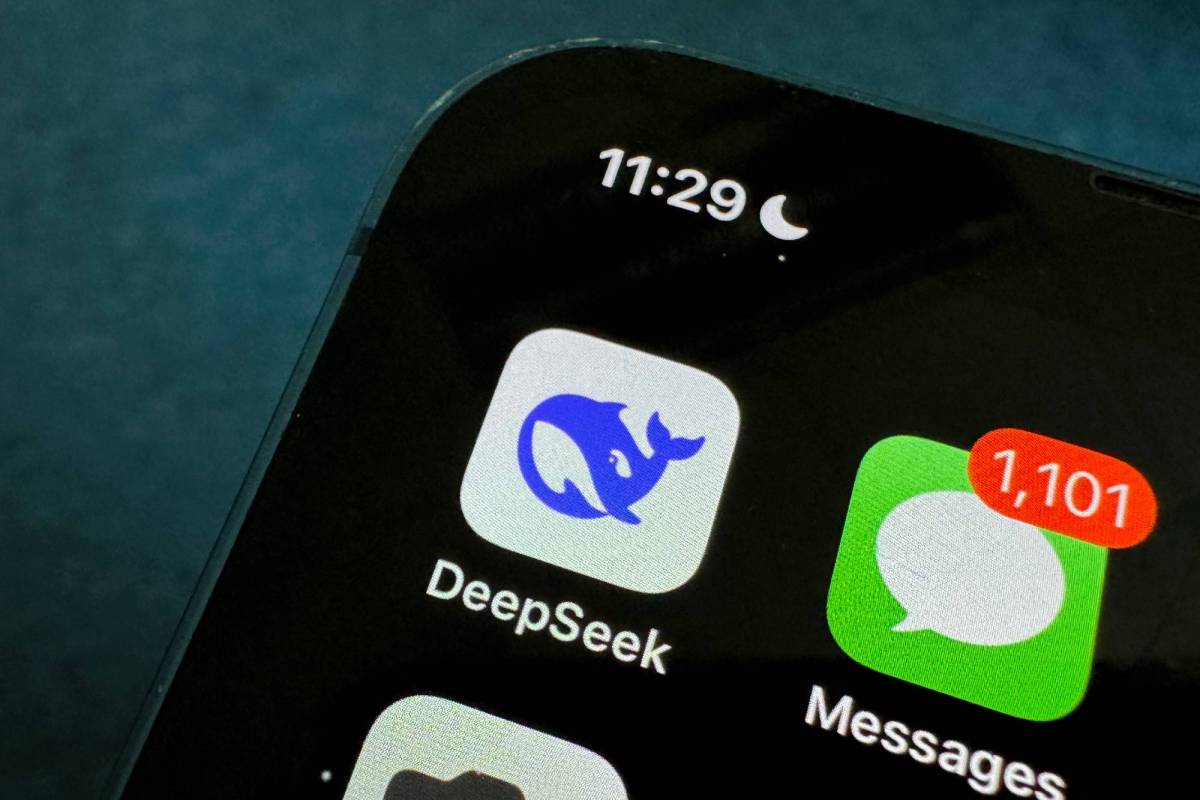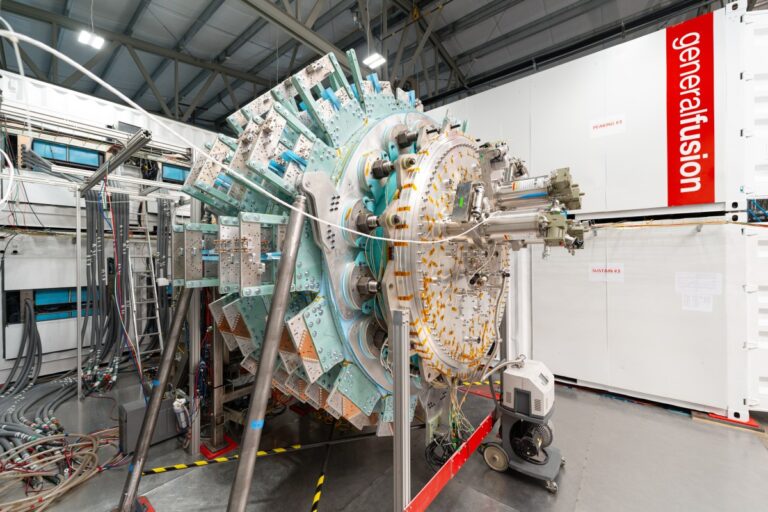Discover DeepSeek: Your Ultimate Guide to the Revolutionary AI Chatbot App
DeepSeek has taken the tech world by storm, emerging as a leading player in the AI landscape. This Chinese AI lab’s chatbot app has quickly ascended the charts of both the Apple App Store and Google Play, prompting discussions among Wall Street analysts and technologists about the U.S.’s ability to maintain its edge in the AI race. The surge in demand for AI chips is also under scrutiny as DeepSeek’s popularity grows.
The Rise of DeepSeek
So, what is the story behind DeepSeek’s rapid rise to fame?
Origins of DeepSeek
DeepSeek is supported by High-Flyer Capital Management, a Chinese quantitative hedge fund focused on leveraging AI for trading decisions. Co-founded by Liang Wenfeng in 2015, High-Flyer has evolved significantly since its inception. It launched DeepSeek in 2023 as an independent lab dedicated to AI research, separate from its financial operations.
- High-Flyer Capital Management was founded with a focus on AI algorithms.
- DeepSeek started as a lab and has since become a standalone company.
- The company built its own data center clusters to support model training.
Despite its ambitious goals, DeepSeek faces challenges due to U.S. export bans on essential hardware. To train its models, the company has turned to Nvidia H800 chips, which are less powerful than the H100 chips used by U.S. companies.
DeepSeek’s Technical Prowess
In November 2023, DeepSeek unveiled its initial models—DeepSeek Coder, DeepSeek LLM, and DeepSeek Chat—but it was the release of the next-gen DeepSeek-V2 family of models that garnered significant attention in the AI community.
- DeepSeek-V2 is a general-purpose text and image analysis system.
- It performed exceptionally well in various AI benchmarks.
- The model is more cost-effective compared to its competitors.
Following this, the DeepSeek V3 model launched in December 2024, further solidifying DeepSeek’s reputation. According to internal testing, it surpasses both open-source models like Meta’s Llama and proprietary models like OpenAI’s GPT-4.
DeepSeek’s R1 reasoning model, released in January, has also made waves by self-fact-checking, making it a reliable choice for complex domains such as physics and mathematics. However, its responses are subject to scrutiny by China’s internet regulator, which can limit discussions on sensitive topics.
A Disruptive Business Model
DeepSeek’s business model remains somewhat enigmatic. The company strategically prices its offerings below market value and even provides some services for free. It attributes its low costs to efficiency breakthroughs, although some experts question the accuracy of these claims.
Impact on the AI Landscape
DeepSeek’s models, while not open-source, are available under permissive licenses, allowing for commercial use. This has led to a significant number of derivative models being developed on platforms like Hugging Face, with over 500 models and 2.5 million downloads combined.
- DeepSeek’s success has disrupted the AI market and prompted a response from industry leaders.
- The company has influenced major players like Nvidia and Meta.
Despite its rapid growth, DeepSeek faces challenges, including bans from some companies and governments, such as South Korea and New York State. Concerns over foreign influence have led to discussions in the U.S. government about potential restrictions on DeepSeek’s use in government devices.
Looking Ahead
While improved models are expected to emerge, the future of DeepSeek remains uncertain amid rising geopolitical tensions. As the AI landscape evolves, the implications of DeepSeek’s innovations will continue to be closely monitored.
This ongoing story will be updated regularly to reflect new developments in the world of AI.







